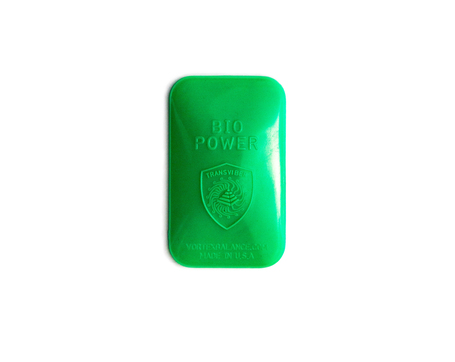This article covers the topic of 5G radiation, which is a non-ionizing electromagnetic radiation. Because 5G radiation is so small, it does not possess the capability of breaking chemical bonds in biological tissues or cause any modifications to cells. It isn't known if 5G radiation affects the risk of developing skin cancer, and no evidence exists to suggest that it can cause any other diseases.
High-frequency millimeter radiation
High-frequency millimeter-wave radiation from mobile phones and wireless networks may cause health issues to humans. There are a few different ways this radiation could cause harm. In some instances, the radiation can cause damage to the person's DNA. In other cases the radiation may cause harm to other parts of the body, including the brain.
Recent studies have shown that 5G technology could result in thermal heating in tissues. In 5g radiation , scientists from International Council on Non-Ionizing Radiation Protection (ICNIRP) has asked to review the current standards for biological and thermal safety. The current exposure standards don't protect people from excessive heating when exposed to pulsed millimeter wave radiation.
Skin cancer risk
There is no definite answer at present to the question of whether 5G radiation causes skin cancer. It is however thought that 5G RF-EMFs behave much like radiations that emit high-LET. As a result, they can produce high levels of free radicals in the skin. The FCC has not yet issued any specific guidelines regarding the risks of 5G technology. 5g radiation symptoms continues.
Although there are a number of studies regarding the impact of radio waves with higher frequencies on human health, these studies remain largely in scope. However, there is concern over the effects of millimeter-wavelength exposure on oxidative stress and gene expression. These effects may extend to the skin and various organs, including the brain.
The impact of other illnesses
The latest generation of technology for wireless called 5G is rapidly growing in popularity, but scientists are advising against its potential health hazards. 5G will dramatically increase the quantity of electromagnetic radiation found within our environment. This is a concern that has sparked debates in many nations including Switzerland. In September 2017 390 doctors and scientists were in favor of an end to 5G deployment. This motion was not heeded by the European Commission, which is in charge of regulating the use of 5G technology.
Therefore, more research is needed to assess the health effects of 5G. While we wait, studies have shown that 5G does not cause the same adverse effects on humans as radiofrequency from the older mobile networks. Additionally, 5g towers radiation does not transmit a new type of coronavirus. Additionally, it does not make people more susceptible to viral infections.

The measurement of exposure

The measurement of exposure to radiation from 5G is an essential component of the security of 5G networks. There are two ways to determine exposure. One is to measure the RF power absorption by human tissue. The other involves measuring the amount of radiofrequency energy emitted from an object. The term "radiofrequency energy" (RF) is an energy field that comes through radio transmitters.
Within the United States, the FCC has set a limit on the power density of mobile devices running 5G. These tests can only determine power density at a distance of several inches, and it is the FCC does not have to measure each beam. However, the power density of each beam can be determined through computer simulation. The most likely scenario is selected depending on the beam's configuration. each beam.
Limitations of the study
There's been plenty of discussion over whether 5G radiation will affect human health. The Swiss Government, for instance has released an assessment that concludes that the technology is not likely to cause adverse health effects in the short-term, but there aren't any studies that have demonstrated long-term effects. However, this report also contains a number of problems that include biased reports.
The power and frequency of the radio waves that carry energy will depend on the frequency. The energy carried by a millimetre wave will be the same as the current radio waves however, they're smaller in size and more suitable for environments with high density because they cannot be easily block by walls or glass. Urban areas with high density would require a high number of small, low-power sites, and suburban areas will benefit from 5G networks that operate at lower frequency.
